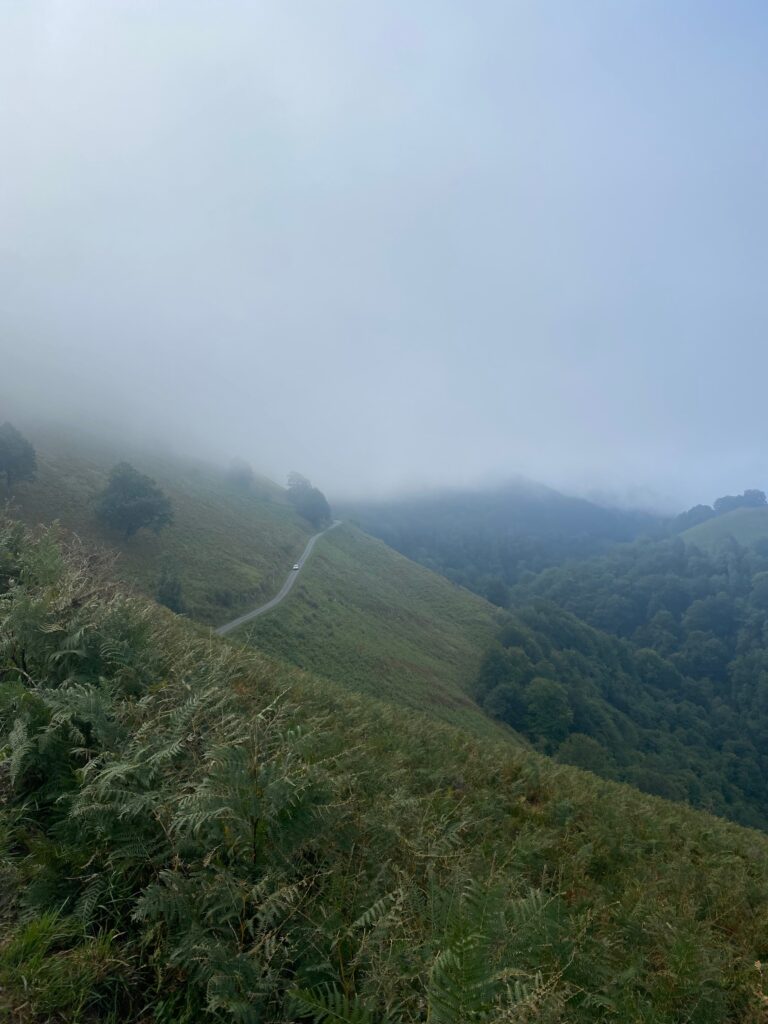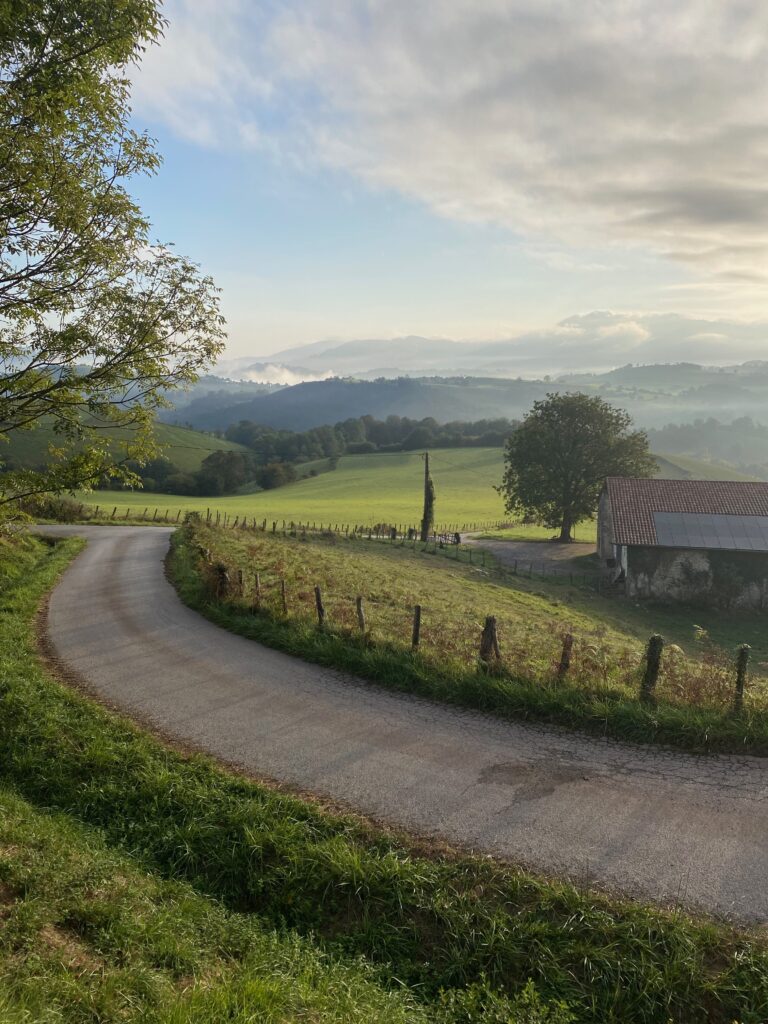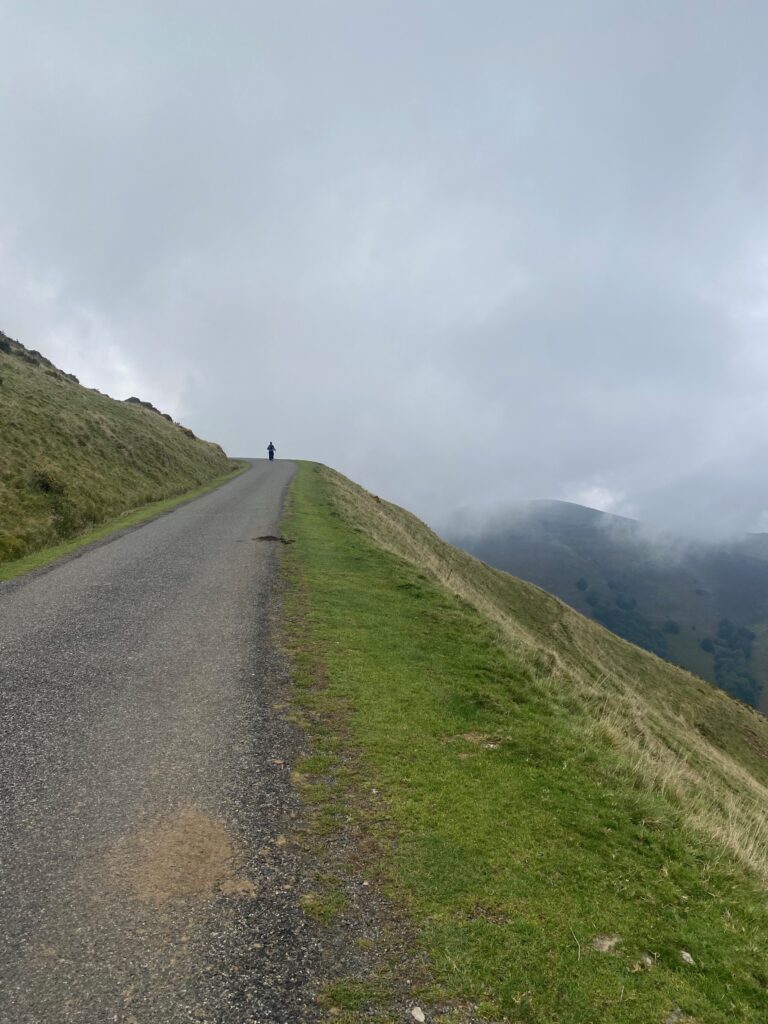Here’s some basic information to help you get started planning your Camino



When to go
The most popular months to start the Camino are between May – September with the large majority starting in July/August which is the European summer holiday season. I went during the shoulder season, mid September through mid October and it was perfect. The weather cooperated and I experienced mostly sunny days with only four days of rain. You can’t fully predict the weather but you can expect the summers to be very hot with little respite from the heat and the shoulder seasons to be warm with more rain and chilly nights.
Another thing to consider is that most albergues and hostels typically close for winter, starting in late October / early November and open back up again in the spring. This isn’t the case for all of them but you might have to do more planning for accommodation if you plan on walking in the winter.
How long will it take
The amount of time it will take you depends entirely on the Camino route you choose. Keep in mind that even if you choose one of the longer routes, you can always break it up into smaller sections of a couple days or a week instead of committing to walk the entire 30+ day route. Many people choose to do a week each year or season which makes it more manageable for those who aren’t huge fans of long distance hiking.
I walked the entire Camino Frances starting in SJPP and you can see my personal itinerary and route here. I covered an average of 20km (12.5mi) per day with some days being way less and others much more, depending on how I was feeling. You quickly realise that the most important thing you can do is listen to your body and not push yourself too hard, especially at the beginning.
A very popular choice amongst pilgrims who decide to walk the Camino Frances is to walk the last 100km. This is the minimum distance required to earn your ‘Compostela Certificate’ which you receive at the pilgrims office in Santiago. Keep in mind that this is a very popular route with lots of groups and you’ll see a noticeable difference between the first 650km and the last 100km.
Budget
This all depends on how luxurious or how simple you want your camino to be. You can stay at the municipal albergues for as little as 6 euros a night and plan to cook all your meals which would take you to around 13 euros a day on a very tight budget. This is do-able and I walked with a couple people who managed to keep this budget the entire Camino.
A more standard budget is about 30 euros a day which includes a standard albergue at 12-16 euros per night and a small breakfast and pilgrims menu for dinner ( a set menu with a price of between 12-15 euros. If you have no budget then the possibilities are quite endless as there are many beautiful hotels and paradors (heritage listed hotels set in beautiful old monuments) which have excellent food options.
Getting to Saint John Pied de Port
Since there are many different Caminos to choose from, naturally there are many different starting points to begin your journey. I will be giving details on how to get to the most popular starting points for the Camino Frances.
Camino Frances starting from SJPP
I arrived at SJPP from Madrid by taking a train to Pamplona and then an ALSA bus to SJPP. I left Madrid on the earliest train and arrived in SJPP just after lunchtime. This was ideal for me as I got to settle into my hostel, explore the town and rest before heading off the next day. I’ll detail all public transport options below:
From Madrid:
Train: There is a daily Renfe train departing at almost every hour from Madrid – Pta. Atocha to Pamplona which takes around 3.5 hrs. I recommend catching the early train since the direct bus from Pamplona to SJPP departs daily at 12 noon.
Bus: During peak season (For 2023 it’s between March 23 – October 12), ALSA offers a direct bus from Pamplona to SJPP which departs daily at 12 noon and takes around 2 hrs. I recommend booking your ticket online before you arrive as the bus can fill up quickly, especially in the summer.
From Biarritz/Bayonne:
Train: Take the local TER train from the Bayonne station to SJPP. You can buy your ticket when you arrive at the station or in advance.
Car sharing/shuttle: Express Bourricot offers a service which shuttles a small group of people who book in advance via email directly from the airport or train station to SJPP. You can also try BlaBlaCar which is a service that connects people with a driver heading in that direction. You usually pay much less than a train or bus and might be paired up with other pilgrims!
From Paris:
Plane: You can fly from Paris CDG to Biarritz then follow the information above to connect to the train and bus to SJPP.
Train: SNCF offers a TGV fast train which takes 4 hrs from Paris to Bayonne. Once you arrive in Bayonne, follow the information above.
Camino Frances starting from Sarria
From Madrid:
Train: There is a direct train leaving from Madrid Chamartin station daily that you can book directly with Renfe which will take around 4 hrs.
